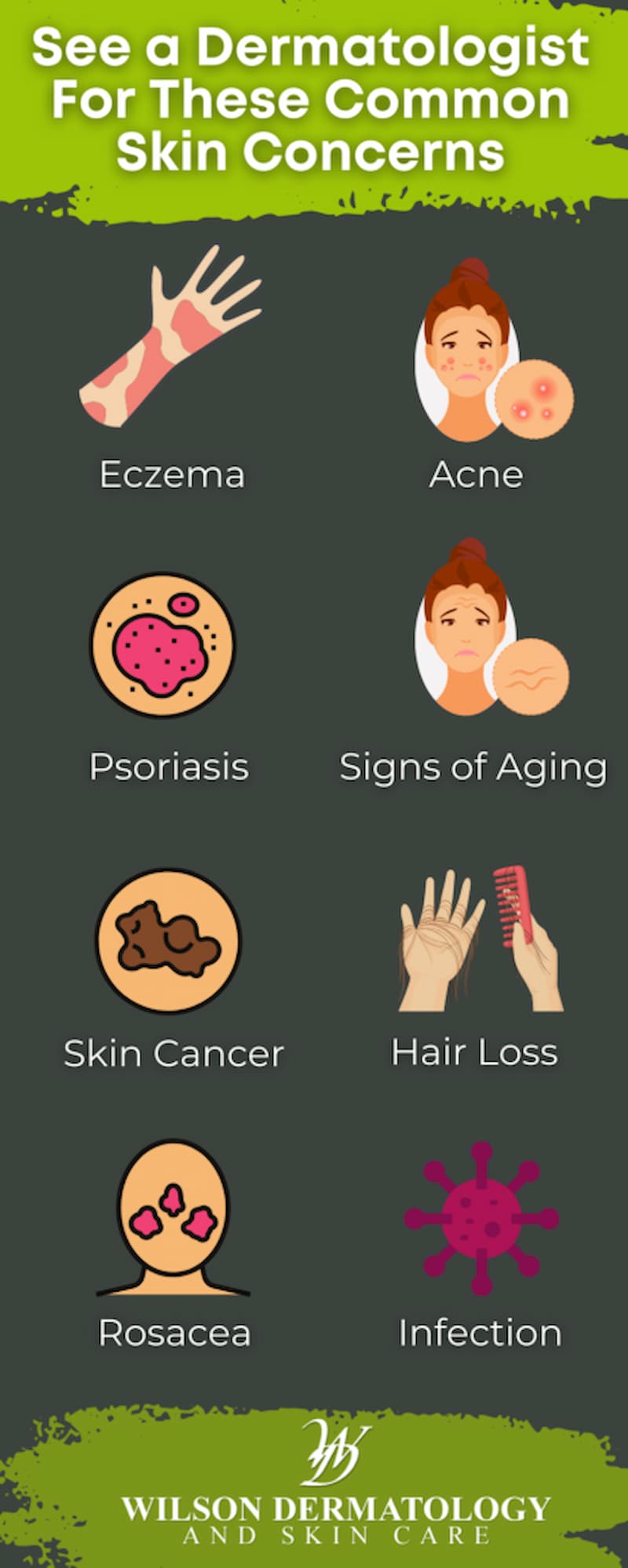Schedule a dermatologist specializing in mohs surgery for skin cancer treatment with high precision.
Schedule a dermatologist specializing in mohs surgery for skin cancer treatment with high precision.
Blog Article
Navigating Skin Cancer Therapy: The Necessary Function of Mohs in Modern Dermatology Practices
Skin cancer, a complicated diagnosis, frequently leaves patients facing many treatment alternatives. Among these, Mohs surgery stands as a sign in contemporary dermatology, renowned for its meticulous strategy to cancer elimination and preservation of surrounding healthy and balanced tissue. This cutting-edge method assures not only superior cosmetic end results but additionally provides immediate outcomes, easing person stress and anxiety. As we discover the ins and outs of this procedure, one will certainly appreciate its crucial function in skin cancer treatment.
Recognizing Skin Cancer: Kinds and Risks
Skin cancer cells, a potentially serious malady, is even more common than many individuals understand. This disease, brought on by the unchecked development of unusual skin cells, mostly arises from DNA damage as a result of direct exposure to the sun and ultraviolet (UV) light. There are three main sorts of skin cancer cells: Basic cell carcinoma, Squamous cell carcinoma, and Melanoma. While the previous two are less deadly and comprise the bulk of diagnosed cases, melanoma is one of the most hazardous. It makes up just about 1% of skin cancer situations however creates the vast majority of skin cancer deaths - mohs surgery. Threat factors include fair skin, history of sunburn, excessive sun exposure, living at high altitudes or close to the equator, having numerous moles, a household background of skin cancer cells, and deteriorated body immune system.
What Is Mohs Surgical procedure and How It's Changing Skin Cancer Cells Therapy
Despite the many treatments presently available for skin cancer cells, Mohs surgical treatment stands out as a groundbreaking and extremely effective solution. Called after Frederic E. Mohs, the physician that developed the procedure, Mohs surgical procedure is an exact surgical method made use of to treat skin cancer cells. Throughout the procedure, slim layers of cancer-containing skin are progressively eliminated and examined up until just cancer-free tissue stays. This strategy allows the specialist to verify that all cancer cells have been removed at the time of surgery. This level of accuracy, incorporated with the ability to spare as much healthy and balanced cells as possible, is changing skin cancer therapy. Because of this, Mohs surgery has ended up being a keystone of modern-day dermatology methods.
The Advantages of Mohs Surgery Over Traditional Skin Cancer Treatments
Structure on the ingenious nature of Mohs surgical procedure, it's critical to consider its various benefits over traditional skin cancer therapies. Unlike standard treatments, Mohs provides a greater treatment rate, commonly getting to 99% for novice treatments and his explanation 94% for recurrent cancers. Furthermore, it decreases damage to Resources healthy skin, leading to much less scarring and boosted aesthetic outcomes.
The Procedure of Mohs Surgical Procedure: What to Anticipate During the Process

Potential Side Results and Post-Operative Care of Mohs Surgical Procedure
Going through Mohs surgical procedure, like any type of various other surgical procedure, entails potential adverse effects that patients must recognize. Common side impacts consist of discomfort, bruising, and swelling at the surgical procedure site. These are usually short-term and convenient with over-the-counter pain medication and ice packs. In unusual instances, patients may experience infection, blood loss, or an allergy to the local anesthetic. Post-operative care is critical to recovery and reducing adverse effects. This commonly involves keeping the wound clean and dry, taking proposed drugs, and staying clear of exhausting tasks. People should also go to all follow-up visits for injury treatment and surveillance. In Full Article many cases, additional treatments may be necessary to make sure total elimination of the malignant cells. Sticking to these post-operative care guidelines can considerably improve healing and results.
Final thought

Report this page